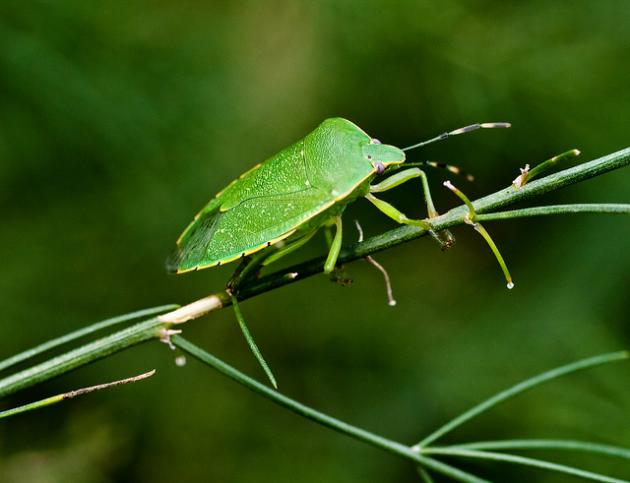Keeping a garden journal during the landscape design process is an excellent way of keeping track of valuable information that will guide future changes and plant choices.
As you progress through the inventory and analysis phase of design, documenting characteristics of the landscape that might influence plant survival can be noted in the journal.
- Observe soil drainage in the landscape
- Identify areas in the landscape that are getting too little or too much water (ponding)
- Pay attention to plants that are susceptible to diseases and pests.
- Identify shade and sun zones. Did you install trees? Are there new beds in shady or extremely hot areas?
- Jot down species/cultivar names or save plant tags in case a plant needs to be replaced
Jotting down notes in a garden journal will help identify where different types of plants thrive in the landscape. A greater understanding of landscape characteristics such as micro-climates will develop over time. The journal can be a simple pad of paper or a bound notebook.


There can be hundreds of things to take notes on. Documenting the residential landscape design process depends on your commitment, time, and knowledge but even the most basic note taking on a few major elements in the landscape will be beneficial in the future.
Additional Resources:
Northeast
Southeast
North Carolina- The Garden Journal-A Tool For Success
Florida- Garden Tips: Keeping a Garden Journal
